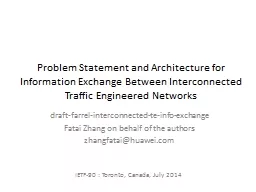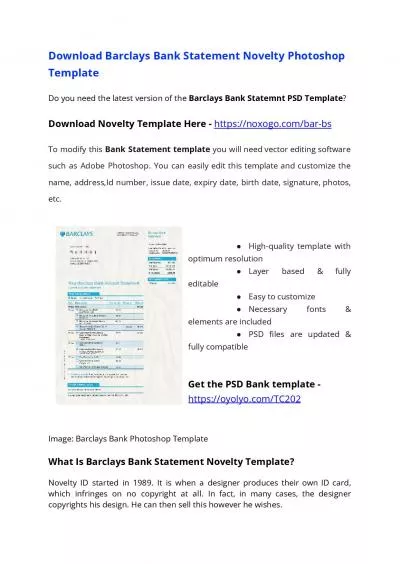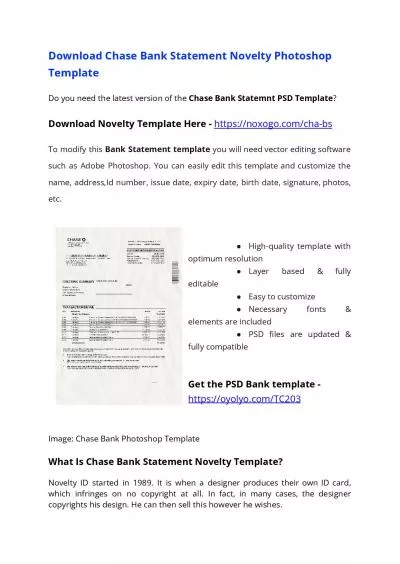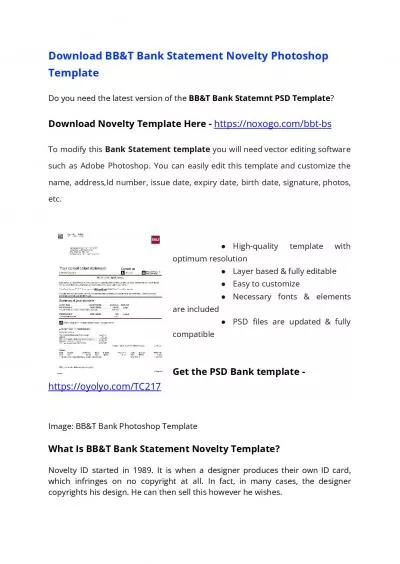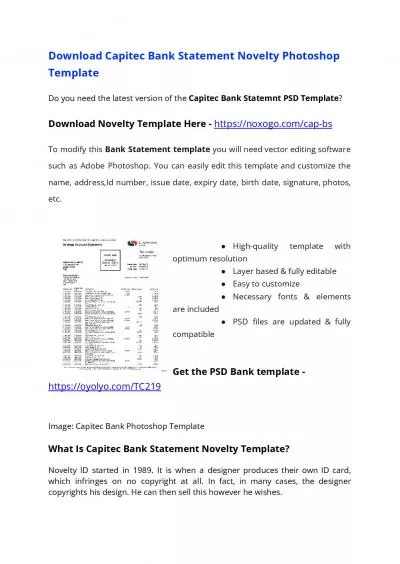PPT-Problem Statement and Architecture for Information Exchange
Author : trish-goza | Published Date : 2016-04-05
draft farrel interconnected te infoexchange Fatai Zhang on behalf of the authors zhangfataihuaweicom IETF90 Toronto Canada July 2014 History and Purpose 00 posted
Presentation Embed Code
Download Presentation
Download Presentation The PPT/PDF document "Problem Statement and Architecture for I..." is the property of its rightful owner. Permission is granted to download and print the materials on this website for personal, non-commercial use only, and to display it on your personal computer provided you do not modify the materials and that you retain all copyright notices contained in the materials. By downloading content from our website, you accept the terms of this agreement.
Problem Statement and Architecture for Information Exchange: Transcript
Download Rules Of Document
"Problem Statement and Architecture for Information Exchange"The content belongs to its owner. You may download and print it for personal use, without modification, and keep all copyright notices. By downloading, you agree to these terms.
Related Documents

